Mr. Nguyen Van Long - Deputy Director of the Ho Dynasty Citadel Heritage Conservation Center said that this is the largest excavation ever, promising to reveal more historical and cultural values hidden deep in the ground of the Ho Dynasty capital. This activity also demonstrates Thanh Hoa province's commitment to UNESCO in preserving and promoting the value of the Ho Dynasty Citadel World Heritage Site.
According to the plan, from October 2025 to July 2026, excavation work will take place on an area of nearly 10,000 square meters, including 94 excavation pits in two areas: foundation 4 and foundation 5, key locations in the overall architecture of the Nam Giao Altar.
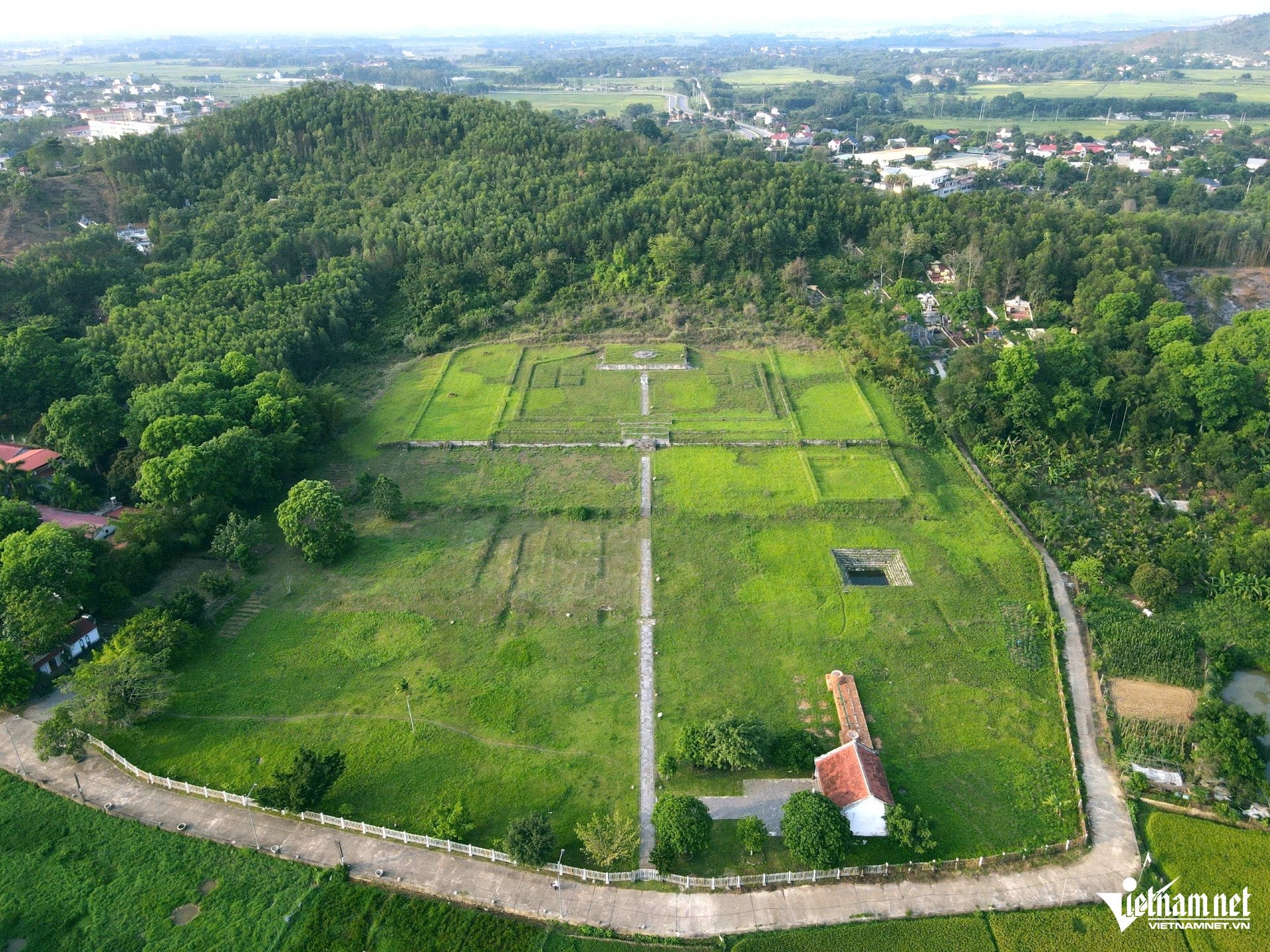
Panoramic view of the Nam Giao Altar area before excavation.
According to Mr. Long, during the implementation process, licensed units must ensure the safety of strata, relics and sites, and comply with the progress, goals and regulations of the Ministry of Culture, Sports and Tourism. All discovered antiquities and relics will be protected on site, scientifically adjusted and reported to consider appropriate conservation and display plans.
“We expect this excavation will provide more scientific arguments to serve the research and overall restoration of the Ho Dynasty's sky worship ritual, thereby contributing to promoting the unique value of the Ho Dynasty Citadel World Heritage Site,” said Mr. Long.
 The Altar area is being excavated.
The Altar area is being excavated.
According to old history, in the year Canh Thin 1400, Ho Quy Ly ascended the throne, established the Ho Dynasty and moved the capital to Tay Do (now in the old Vinh Loc district, Thanh Hoa ). In 1402, King Ho Han Thuong ordered the construction of the Nam Giao Altar, a project to perform the royal court's rituals of worshipping heaven and earth. The project was completed in August of the same year, covering an area of more than 2 hectares, about 2.5 km southeast of Ho Dynasty Citadel.
According to Mr. Long, from 2004 to now, there have been 4 explorations and excavations with a total area of nearly 18,000 square meters, helping archaeologists basically identify the characteristics of the relic.
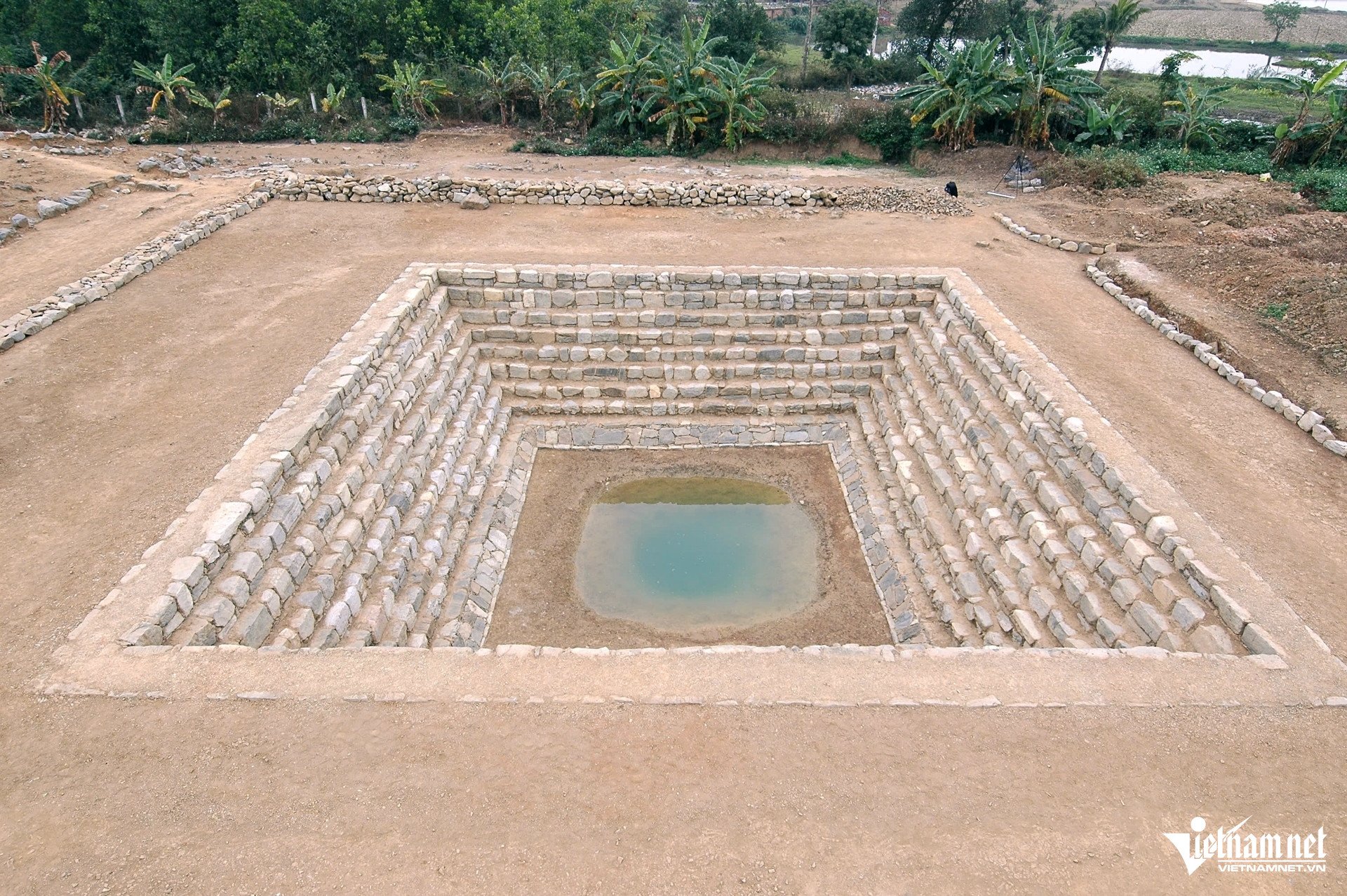
Ancient well inside the altar.
The Nam Giao Altar has 5 levels from low to high, facing south, representing the ancient concept of “round sky, square earth”. The entire architecture uses green stone, a typical material also used to build the Ho Dynasty Citadel.
In addition, scientists also found many terracotta artifacts: such as rectangular bricks, roof tiles carved with dragons, and many relics reflecting the high technical level and aesthetic thinking of ancient people.
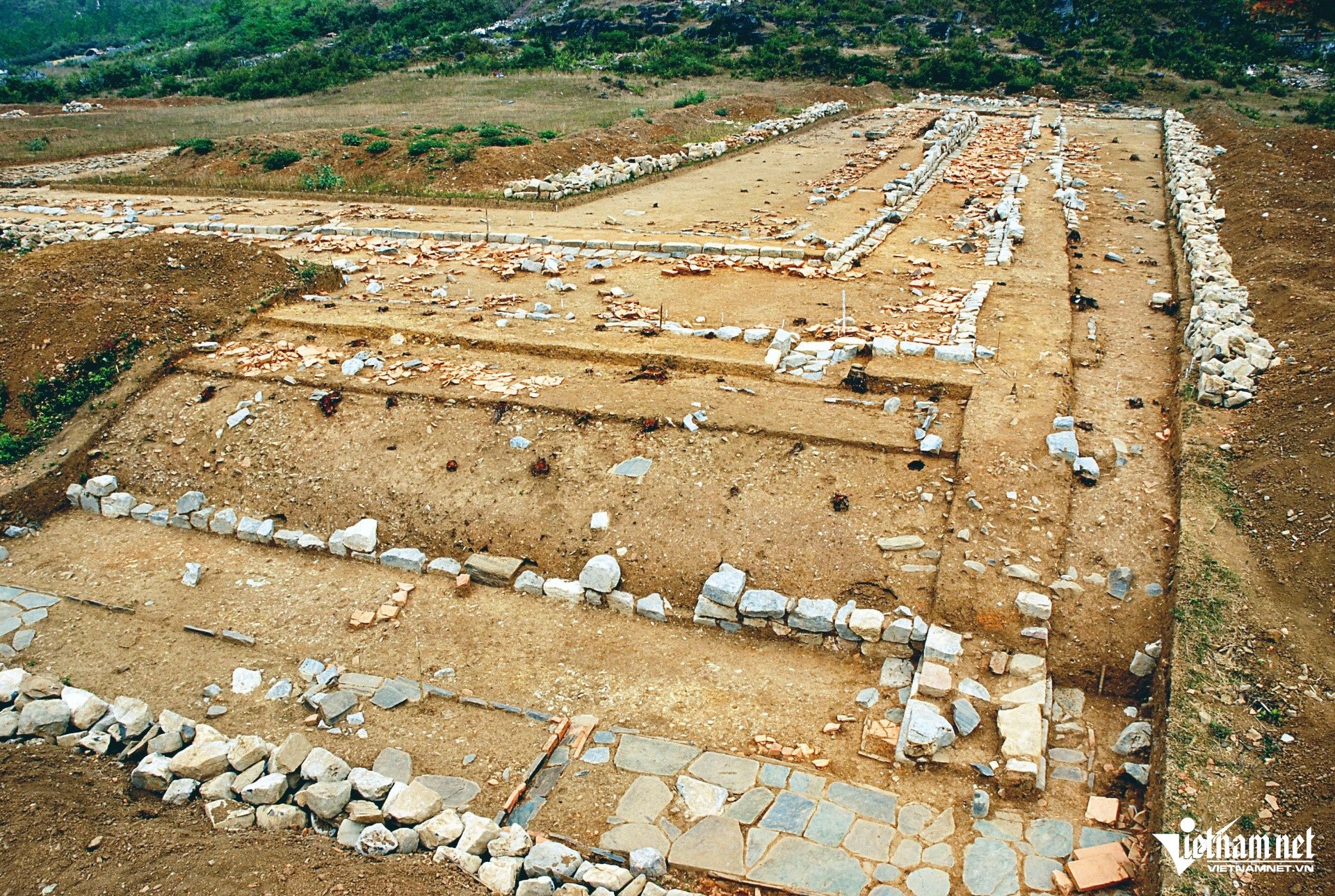
The foundation inside the Altar is gradually revealed.
The Nam Giao Altar relic site was ranked as a provincial relic in 1990 and was recognized as a national archaeological relic in 2007. This is also one of the three components of the core zone of the Ho Dynasty Citadel World Heritage Site, along with the Inner Citadel and the Ho Dynasty Tomb Area, and was recognized by UNESCO as a World Heritage Site in 2011.
Source: https://vietnamnet.vn/thanh-hoa-khai-quat-dan-te-nam-giao-hon-600-nam-o-thanh-nha-ho-2461523.html







![[Photo] General Secretary To Lam and National Assembly Chairman Tran Thanh Man attend the 80th Anniversary of the Traditional Day of the Vietnamese Inspection Sector](https://vphoto.vietnam.vn/thumb/1200x675/vietnam/resource/IMAGE/2025/11/17/1763356362984_a2-bnd-7940-3561-jpg.webp)




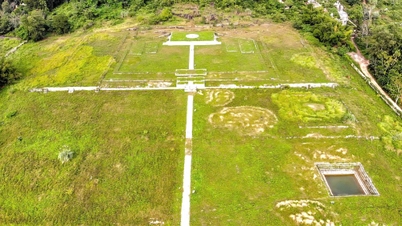



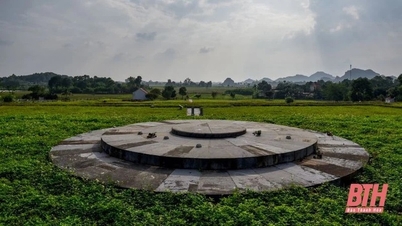











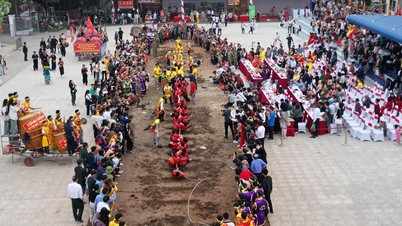






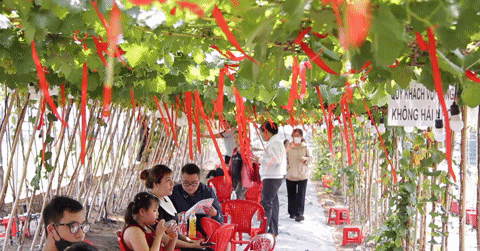






















































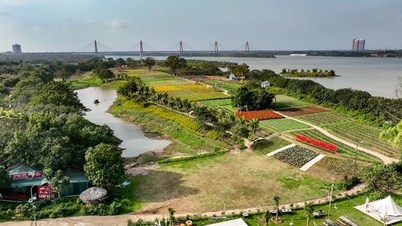

















Comment (0)